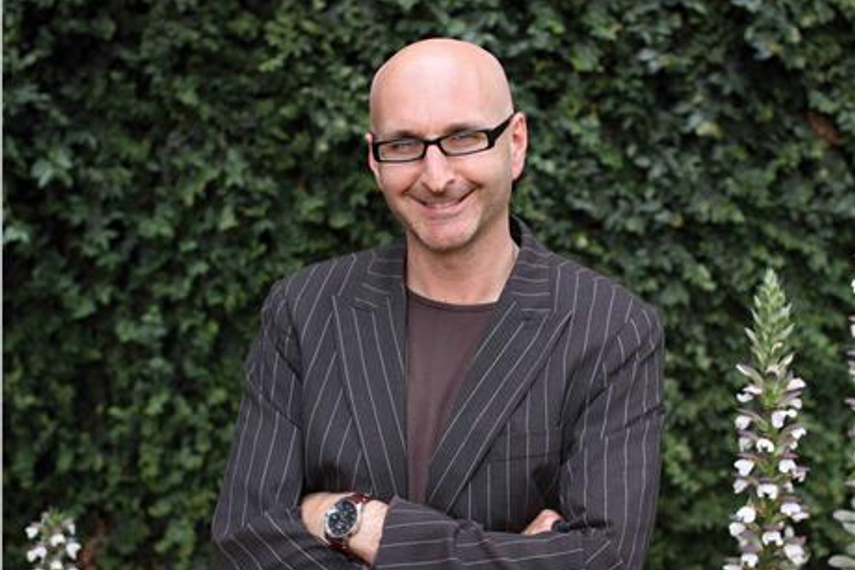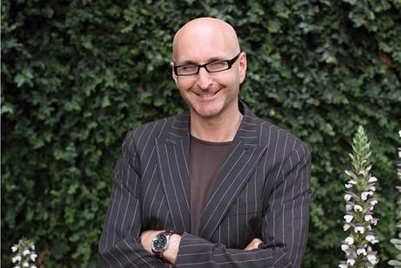
So it's pretty clear that, as a planet, we have a huge desire to play computer games. According to game designer and author, Jane McGonigal, more than 1 billion people spend at least one hour a day playing computer games. And it is not just home console games; smartphones have added to this. Currently people spend 300 million minutes a day playing Angry Birds (so far more than 400,000 years of game time has been spent flinging birds at buildings). Call of Duty fans spend an average of 170 hours a year per player on the game—the equivalent of signing off one month of full-time work every year.
Games are providing people with an experience that they are not getting in their day-to-day lives: An ability to engage their minds and shape new realities. Realities that, unlike real life, are optimised for engagement.
Proponents of the engagement economy have jumped all over game thinking as a potential blueprint to generate disproportionate levels of engagement. 'Gamification', as it has been unfortunately coined, is the process of implementing design concepts from games in order to drive user engagement.
People lose all track of time when they enter the imaginative worlds offered by games like World of Warcraft. And they will work incredibly hard for rewards. So 'gamificaton' is about understanding what makes these worlds so immersive and addictive. And then it’s about using these insights to enhance the relationships that companies or organisations have with their customers or their own employees.
Gartner consultancy has forecast that, by 2014, 70 per cent of blue chip companies will have at least one 'gamified' application, and that by 2015, 50 per cent of organisations that manage innovation processes will 'gamify' those processes.
To date, the most famous example is arguably Nike+, an elegant programme that was effective on just about every level imaginable. It offered a beautifully structured matrix of challenges, delivered through an inspired use of technology.
But an increasing number of brands is entering this space. And they are not merely slapping superficial and extrinsic motivators (such as badges) on top of already existing behaviours, but fundamentally redesigning workflows in order to activate intrinsic motivation.
However, as exciting as this is, the bigger opportunity is in using game thinking to redesign the companies that we work for. Where we spend our lives.
Interestingly, according to game researcher Nick Yee, when you decompose the mechanisms underpinning many of the successful MMOG (massively multiplayer online games), you will see very similar requirements to those that come into play in a work environment, such as working within a team to overcome obstacles in order to reach certain collective goals.
It seems that work and games are, on some level, the same thing. And that, therefore, work is simply a game that is so badly designed you actually have to pay people to play it.
Carrying on this train of thought, perhaps the CEO of any organisation needs to start to think like a game designer.
This assertion could serve as a productive framing for how we go about building a company in the 21st century—engineering, or re-engineering, the business around the fundamental principles of immersive game experiences.
Here's the generally accepted blueprint. Do it in this order and you can create a game-like level of engagement:
- Consistent and immediate feedback: This allows people to get their minds into a virtual experience.
- Reputation and rank: This allows people to be able to get better at the experience.
- Record of achievement: This gives people the sense of having grasped and achieved something; part of them now exists in the game.
- Epic purpose: Have a clear and powerful higher purpose that everyone is aiming toward.
The first three are enough for a game experience to manifest. The fourth can help elevate the experience by tapping into something more powerful in the psyche.
One of the ultimate aims is to activate the 'flow state'—a total immersion with the experience, where time ceases to exist. This invigorating state of mind is most likely to be the ultimate intrinsic motivation that accounts for the addictive nature of many games.
The question is how to build these four principles into a business that has a real-world existence and that needs to produce a meaningful output. Clearly it is not easy. But equally not beyond the imaginative power of many business leaders and entrepreneurs.
And the opportunity is so big. To build a game layer on top of the business that makes working addictive and immersive and yet results in unprecedented levels of productivity? Just think about that for a minute. People coming to work every day to play a game, that they are addicted to. From this viewpoint our current working worlds would seem unimaginably bad. Perhaps we may feel similar to the way we currently feel when we see images of the workhouses of the late 19th century.
So perhaps there is actually a real need to do this in order to make the next step forward in the evolution of the workplace. Gallup claims that 89 per cent of workers are not engaged with their jobs and that this costs business $2 trillion per annum in the US alone. Businesses need to harness only a fraction of the sort of engagement that is happening before and after work in order to replace this. Each gamer would just need to generate US$0.10 of revenue per week in order to replace this $2 trillion deficit.
And create more meaningful work lives for people.
|
Gamification at PHD My company has already started on this quest. In January 2013, we launched Source, a cloud based strategy, planning and collaboration platform, accessed by 79 offices in the PHD network. And the whole thing functions as a game. People get 'Pings' for using Source. You get Pings for building campaigns, but you also get Pings for being good at building campaigns. For example, if you can get more multichannel reach than the optimiser, you get more Pings. And if you want to get lots of Pings, you collaborate. On your home screen are collaboration 'challenges'—where you can help other PHD planners from across the world, in real-time, whilst they are creating campaigns. And as you collaborate, you receive different levels of Pings depending on the quality of your contribution. This therefore means that planners creating a campaign benefit from other people's contributions—literally as they are working. This also enables planners to exercise their thinking and innovation abilities, even if they can only spare a few minutes a day collaborating. As people amass Pings they move up a global leaderboard. People can also start to individuate themselves by seeing which of five typologies they fall into based on the activities where they earn most of their Pings. Fundamentally, Source is geared for altruism. Those that are talented and collaborative are rising to the top. It is also an incredible tool for identifying talent—important for promotions within or across different countries. Not just on overall Ping level but also on typology. Recently an office was looking for a creatively minded media strategist. So we looked for a high rating 'Innovator', a typology that indicates high scores for lateral thinking. The candidate was identified in another PHD office and offered the job. Of the 3,000 people in PHD, 1,700 are registered players, with 690 active users and 190 super users (those with more than 10,000 Pings). This level of adoption of a new planning system is unusually high for a global company, especially after 10 months. And this has happened even though we have made many game-thinking mistakes and not yet properly employed the four principles. To us this is further evidence of the power of applying the principles of game thinking to work—to improve the largely un-designed game most of us have to play for most of our lives. |
Mark Holden is worldwide strategy and planning director at PHD, and a co-author of the company's just-released book, Game Change, which until 31 January is available in a free ebook form for tablets.
(The article first appeared on www.campaignasia.com)



.jpg&h=334&w=500&q=100&v=20250320&c=1)

.jpg&h=334&w=500&q=100&v=20250320&c=1)
.jpg&h=334&w=500&q=100&v=20250320&c=1)


.jpg&h=334&w=500&q=100&v=20250320&c=1)






.png&h=268&w=401&q=100&v=20250320&c=1)
.png&h=268&w=401&q=100&v=20250320&c=1)


